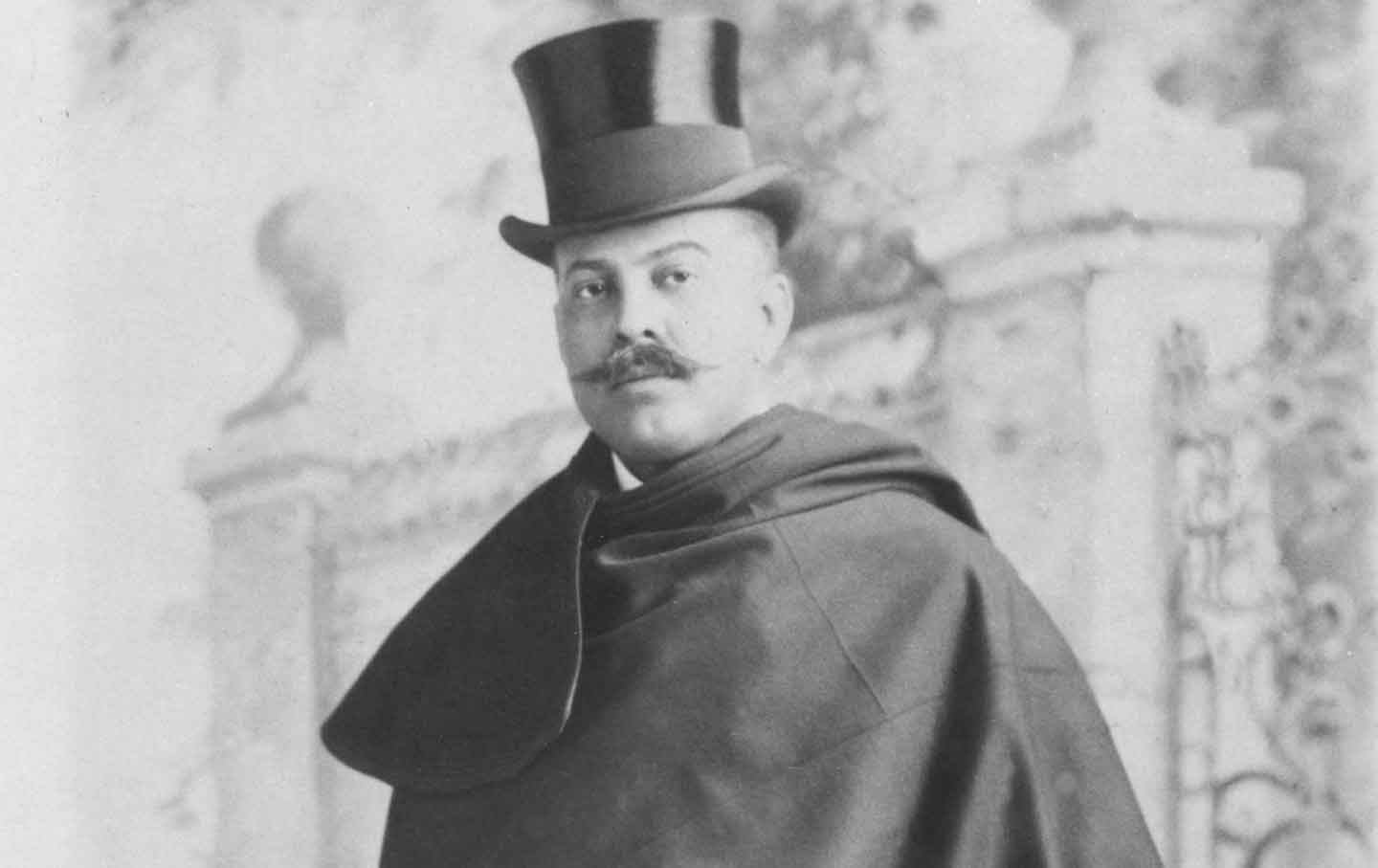Racial Passing in the U.S. and Mexico in the Early Twentieth Century
RSF Review: Research from the Russell Sage Foundation
Russell Sage Foundation
New York, New York
2015-01-22
This feature is part of an ongoing RSF blog series, Work in Progress, which highlights some of the ongoing research of our current class of Visiting Scholars.
During his time in residence at the Russell Sage Foundation, Visiting Scholar Karl Jacoby (Columbia University) is completing a book that examines the changing race relations along the U.S.–Mexico border at the dawn of the twentieth century. Drawing on interviews, archival research, and the unique biographical details of one individual in particular, his book will analyze the distinct systems of racial classification found in the two countries despite their geographical proximity, and show how the border shapes race relations in both countries.
In a new interview with the Foundation, Jacoby discussed the growing field of “microhistory,” and detailed his current research on the elusive figure of Guillermo Eliseo (also known as William Ellis), an African American who was able to “pass” as an upper-class Mexican in the United States, and whose life’s story sheds critical insight on the racial regimes of both Mexico and the U.S. during the Gilded Age.
Q. Your current research fits into a practice that some have called “microhistory”. What is microhistory? How do we connect these highly detailed narratives to larger social issues of a given era?
There is, alas, no precise definition of “microhistory,” perhaps because it is a relatively new approach, with no professional association, no journal, no annual meeting. My preferred way of thinking about it is as a small story that helps us to rethink the large narratives that we tell about the past. Microhistorians tend to be drawn to quirky, peculiar events (Robert Darnton’s The Great Cat Massacre) or people (Natalie Zemon Davis’s The Return of Martin Guerre) that simultaneously demonstrate the cultural practices that prevailed in the past and the capacity of individuals to evade or reshape these practices. My account of William Ellis / Guillermo Eliseo, for example, sketches the increasingly confining limits that segregation imposed on African Americans after emancipation as well as the ways in which the color line could often prove unexpectedly porous.
Microhistory may focus on discretely bounded subjects, but its aspirations are expansive. The underlying concept is that by immersing oneself in places or peoples one can lend precision and particularity to what can otherwise seem like unduly broad or abstract generalizations, allowing for more accurate discussions of past social issues.
Q. You have focused on the curious case of Guillermo Eliseo, or William Ellis, an African American who was freed from slavery and went on to “pass” as a Mexican businessman in the US during the Gilded Age. What enabled his passing during this era? Was Ellis mostly an aberration, or was “passing” a widespread phenomenon?
Passing is a profoundly difficult topic to research because it was such a secret practice. As a result, unsurprisingly, estimates of the numbers of passers from Black to white at the turn of the last century are all over the map. Sociologists working in the early twentieth century, comparing the actual count of African Americans in the census with the expected count, computed that some 25,000 blacks were passing every year. Walter White of the NAACP, who often passed (temporarily) to investigate lynchings in the South, estimated in the 1940s that the total was closer to 12,000. Other commentators admitted that “[n]o one, of course, can estimate the number of men and women with Negro blood who have thus ‘gone over to white,’” although they hastened to add that “the number must be large.”…
Read the entire interview here.




